Our office will be closed for the Christmas holiday starting at 3:00 p.m. ET on Wednesday, December 24. We will re-open on Monday, December 29, at 9:00 a.m. ET.
From the depths of Ngorongoro Crater to the Serengeti plains and off-the-beaten-path Tarangire to tropical Zanzibar, our small group encounters the breadth of tranquil Tanzania’s riches: abundant wildlife, exquisite landscapes, and diverse cultures. It’s Africa as it was – and still is.
From $8,697
From the depths of Ngorongoro Crater to the Serengeti plains and off-the-beaten-path Tarangire to tropical Zanzibar, our small group encounters the breadth of tranquil Tanzania’s riches: abundant wildlife, exquisite landscapes, and diverse cultures. It’s Africa as it was – and still is.
Click on this icon in the Dates and Prices section below to view the hotel summary for selected departure date
Ratings are based on the Hotel & Travel Index, the travel industry standard reference
Day Day Itinerary Hotel Rating |
1 1 Depart U.S. for Kilimanjaro |
2-3 |
4-5 |
6-7 |
8-10 |
11-12 |
13 |
14 14 Arrive U.S. |
When To Go On Safari…
• January to February: Summer – dry and warm; cooler at Ngorongoro because of elevation. Migration picks up, with plenty of game throughout central/southern Serengeti.
• March: Rains become possible, bringing plains animals in search of fresh grass and food. Significant movement of antelope and other game to the plains for calving season; predators follow.
• June to October: Dry season; can be cold on the rim of Ngorongoro. Wildebeest and plains game begin migrating in search of water. By July, wildebeest migration is in full swing, with opportunities for excellent game viewing and predator kills.
• November to December: Season of the “short” rains (brief daily thunderstorms); comfortable at Ngorongoro; warm in the Serengeti, with plentiful game.
| 1 | Depart U.S. for Kilimanjaro, Tanzania Depart U.S. for Kilimanjaro, Tanzania |
| 2 | Arrive Kilimanjaro/Arusha Arrive Kilimanjaro/Arusha Read More Upon arrival tonight at the Kilimanjaro airport, we transfer directly to our hotel in Arusha. Upon arrival tonight at the Kilimanjaro airport, we transfer directly to our hotel in Arusha. |
| 3 | Arusha B L D B L D Arusha Read More We meet our fellow travelers at this morning’s briefing about the journey ahead. This afternoon, we set out on a game drive in Arusha National Park, where we may spot waterbuck, zebra, giraffe, flamingos, monkeys, and more. In the distance, we may see iconic snowcapped Mt. Kilimanjaro, a dormant volcano and, at 19,340 feet, Africa’s highest peak – and the highest freestanding mountain in the world. Inside the park, we see Mt. Meru, Africa’s fifth-highest peak at nearly 15,000 feet. Tonight we enjoy a welcome dinner together. We meet our fellow travelers at this morning’s briefing about the journey ahead. This afternoon, we set out on a game drive in Arusha National Park, where we may spot waterbuck, zebra, giraffe, flamingos, monkeys, and more. In the distance, we may see iconic snowcapped Mt. Kilimanjaro, a dormant volcano and, at 19,340 feet, Africa’s highest peak – and the highest freestanding mountain in the world. Inside the park, we see Mt. Meru, Africa’s fifth-highest peak at nearly 15,000 feet. Tonight we enjoy a welcome dinner together. |
| 4 | Arusha/Tarangire National Park B L D B L D Arusha/Tarangire National Park Read More We depart today for the two-hour drive to Tarangire, Tanzania’s 1,100-square-mile park known especially for its high concentration of elephants and for the many baobab trees dotting the savannah. We enjoy a game drive en route to our lodge, which is located within the park. After lunch and some time at leisure, late this afternoon we enjoy another game drive in the park; we may see zebra, wildebeest, Cape buffalo, giraffe, lion, leopard, cheetah, and of course elephants. We depart today for the two-hour drive to Tarangire, Tanzania’s 1,100-square-mile park known especially for its high concentration of elephants and for the many baobab trees dotting the savannah. We enjoy a game drive en route to our lodge, which is located within the park. After lunch and some time at leisure, late this afternoon we enjoy another game drive in the park; we may see zebra, wildebeest, Cape buffalo, giraffe, lion, leopard, cheetah, and of course elephants. |
| 5 | Tarangire B L D B L D Tarangire Read More In store today: morning and afternoon game drives in this gem of a park slightly off the beaten path. Along with the abundant game, we’re sure to see some of Tarangire’s 550 species of birds as well as the many termite mounds scattered amid the grasslands and swamps here. In store today: morning and afternoon game drives in this gem of a park slightly off the beaten path. Along with the abundant game, we’re sure to see some of Tarangire’s 550 species of birds as well as the many termite mounds scattered amid the grasslands and swamps here. |
| 6 | Tarangire/Ngorongoro Conservation Area B L D B L D Tarangire/Ngorongoro Conservation Area Read More This morning we depart for Ngorongoro, a wildlife haven and homeland of the semi-nomadic Maasai people. We arrive in time for lunch at our safari lodge uniquely set on the rim of the Ngorongoro Crater, blending in so well with the landscape as to be invisible from the crater floor. This afternoon is at leisure; the views of the crater from our lodge are spectacular and sure to entertain. This morning we depart for Ngorongoro, a wildlife haven and homeland of the semi-nomadic Maasai people. We arrive in time for lunch at our safari lodge uniquely set on the rim of the Ngorongoro Crater, blending in so well with the landscape as to be invisible from the crater floor. This afternoon is at leisure; the views of the crater from our lodge are spectacular and sure to entertain. |
| 7 | Ngorongoro Crater B L D B L D Ngorongoro Crater Read More This morning we descend to the floor of the magnificent Ngorongoro Crater, a UNESCO site and at 100 square miles the world’s largest intact and perfectly formed volcanic caldera. The unique biosphere here has remained unchanged for eons; towering walls encircle the crater’s floor which represents Africa in microcosm: grassland, swamps, lakes, forests, and some 25,000 mammals, including elephant, giraffe, lion, hippo, and zebra. Afterwards we return to our lodge for an afternoon at leisure. This morning we descend to the floor of the magnificent Ngorongoro Crater, a UNESCO site and at 100 square miles the world’s largest intact and perfectly formed volcanic caldera. The unique biosphere here has remained unchanged for eons; towering walls encircle the crater’s floor which represents Africa in microcosm: grassland, swamps, lakes, forests, and some 25,000 mammals, including elephant, giraffe, lion, hippo, and zebra. Afterwards we return to our lodge for an afternoon at leisure. |
| 8 | Ngorongoro/Olduvai Gorge/Serengeti National Park B L D B L D Ngorongoro/Olduvai Gorge/Serengeti National Park Read More En route today to the fabled Serengeti, we visit 31-mile Olduvai Gorge. It was here in 1959 that anthropologist Mary Leakey discovered the 1.8-million-year-old skull of Australopithecus boisei – and revolutionized the study of human evolution. Part of the Ngorongoro Conservation Area, Olduvai is considered the true “Cradle of Mankind” and ranks as one of the world’s most important prehistoric archaeological sites for its rich fossils and early hominid remains. We visit a Maasai village before we continue on to Serengeti National Park, home to plains dwellers such as lion, cheetah, zebra, and wildebeest. The Serengeti, the Maasai’s “endless plain,” is Africa’s finest park, and we begin to see why on this afternoon’s game drive. Today’s safari outing concludes at our lodge, which we reach in time for dinner. En route today to the fabled Serengeti, we visit 31-mile Olduvai Gorge. It was here in 1959 that anthropologist Mary Leakey discovered the 1.8-million-year-old skull of Australopithecus boisei – and revolutionized the study of human evolution. Part of the Ngorongoro Conservation Area, Olduvai is considered the true “Cradle of Mankind” and ranks as one of the world’s most important prehistoric archaeological sites for its rich fossils and early hominid remains. We visit a Maasai village before we continue on to Serengeti National Park, home to plains dwellers such as lion, cheetah, zebra, and wildebeest. The Serengeti, the Maasai’s “endless plain,” is Africa’s finest park, and we begin to see why on this afternoon’s game drive. Today’s safari outing concludes at our lodge, which we reach in time for dinner. |
| 9 | Serengeti B L D B L D Serengeti Read More In Tanzania’s northeast corner sits the vast Serengeti National Park, the Tanzanian portion of Kenya’s Masai Mara National Reserve. It reaches 5,700 square miles (equal in size to Connecticut), making it one of the world’s last great wildlife refuges. Twice a year (Jan–Feb and Jun–Oct), some 1.3 million wildebeest, 200,000 zebra, and 300,000 Thomson’s gazelle migrate to new grazing lands in the area, sparking one of nature’s most spectacular sights and the world’s largest migration. But the Serengeti’s plains teem with animal life year-round, as we’ll see on today’s game drives. In Tanzania’s northeast corner sits the vast Serengeti National Park, the Tanzanian portion of Kenya’s Masai Mara National Reserve. It reaches 5,700 square miles (equal in size to Connecticut), making it one of the world’s last great wildlife refuges. Twice a year (Jan–Feb and Jun–Oct), some 1.3 million wildebeest, 200,000 zebra, and 300,000 Thomson’s gazelle migrate to new grazing lands in the area, sparking one of nature’s most spectacular sights and the world’s largest migration. But the Serengeti’s plains teem with animal life year-round, as we’ll see on today’s game drives. |
| 10 | Serengeti B L D B L D Serengeti Read More We embark on more game drives today. We have the chance to see some – or all – of Africa’s “Big Five": lion, Cape buffalo, elephant, rhino, and leopard, along with wildebeest, zebra, eland, gazelle, other plains animals, and some 500 species of birds. We embark on more game drives today. We have the chance to see some – or all – of Africa’s “Big Five": lion, Cape buffalo, elephant, rhino, and leopard, along with wildebeest, zebra, eland, gazelle, other plains animals, and some 500 species of birds. |
| 11 | Serengeti/Zanzibar B L D B L D Serengeti/Zanzibar Read More We fly this morning to tropical Zanzibar, Tanzania’s semiautonomous Indian Ocean archipelago with a colorful and storied history. Upon arrival today, we set out to discover Stone Town – Zanzibar’s capital, a UNESCO site, and East Africa’s only ancient town that is still functioning. A heady mix of Moorish, Middle Eastern, Indian, and African influences (though predominantly Muslim today), Stone Town boasts a labyrinth of narrow alleys lined with shops, homes, hidden courtyards, and extravagantly carved wooden doors, as we see on our tour today. We fly this morning to tropical Zanzibar, Tanzania’s semiautonomous Indian Ocean archipelago with a colorful and storied history. Upon arrival today, we set out to discover Stone Town – Zanzibar’s capital, a UNESCO site, and East Africa’s only ancient town that is still functioning. A heady mix of Moorish, Middle Eastern, Indian, and African influences (though predominantly Muslim today), Stone Town boasts a labyrinth of narrow alleys lined with shops, homes, hidden courtyards, and extravagantly carved wooden doors, as we see on our tour today. |
| 12 | Zanzibar B D B D Zanzibar Read More A morning tour of a spice plantation reveals why Zanzibar is known as the “Spice Island” – its bounty of cloves, nutmeg, ginger, chilies, black pepper, vanilla, coriander, and cinnamon have found their way around the world for centuries. We return to our hotel in time for lunch on our own and an afternoon at leisure, perhaps to relax at the beachfront pool of our hotel. Tonight we celebrate our Tanzania adventure at a farewell dinner. A morning tour of a spice plantation reveals why Zanzibar is known as the “Spice Island” – its bounty of cloves, nutmeg, ginger, chilies, black pepper, vanilla, coriander, and cinnamon have found their way around the world for centuries. We return to our hotel in time for lunch on our own and an afternoon at leisure, perhaps to relax at the beachfront pool of our hotel. Tonight we celebrate our Tanzania adventure at a farewell dinner. |
| 13 | Zanzibar/Dar es Salaam/Depart for U.S. B D B D Zanzibar/Dar es Salaam/Depart for U.S. Read More This morning we take a quick flight to Dar es Salaam, Tanzania’s largest city. Upon arrival, we will have a day room at a local hotel and an afternoon at leisure. After an early dinner tonight, we return to the airport for our flights to the U.S. This morning we take a quick flight to Dar es Salaam, Tanzania’s largest city. Upon arrival, we will have a day room at a local hotel and an afternoon at leisure. After an early dinner tonight, we return to the airport for our flights to the U.S. |
| 14 | Arrive U.S. Arrive U.S. Read More We arrive in the U.S. today and connect with our flights home. We arrive in the U.S. today and connect with our flights home. |
| Jan | Feb | Mar | Jun | Jul | Aug | Sep | Oct | Nov | |
| Ngorongoro | 71 | 72 | 83 | 83 | 63 | 66 | 68 | 72 | 70 |
| Serengeti | 80 | 81 | 81 | 79 | 79 | 80 | 81 | 82 | 82 |
| Zanzibar | 89 | 91 | 91 | 83 | 82 | 83 | 84 | 86 | 88 |
| Jan | Feb | Mar | Jun | Jul | Aug | Sep | Oct | Nov | |
| Ngorongoro | 71 | 72 | 83 | 83 | 63 | 66 | 68 | 72 | 70 |
| Serengeti | 80 | 81 | 81 | 79 | 79 | 80 | 81 | 82 | 82 |
| Zanzibar | 89 | 91 | 91 | 83 | 82 | 83 | 84 | 86 | 88 |
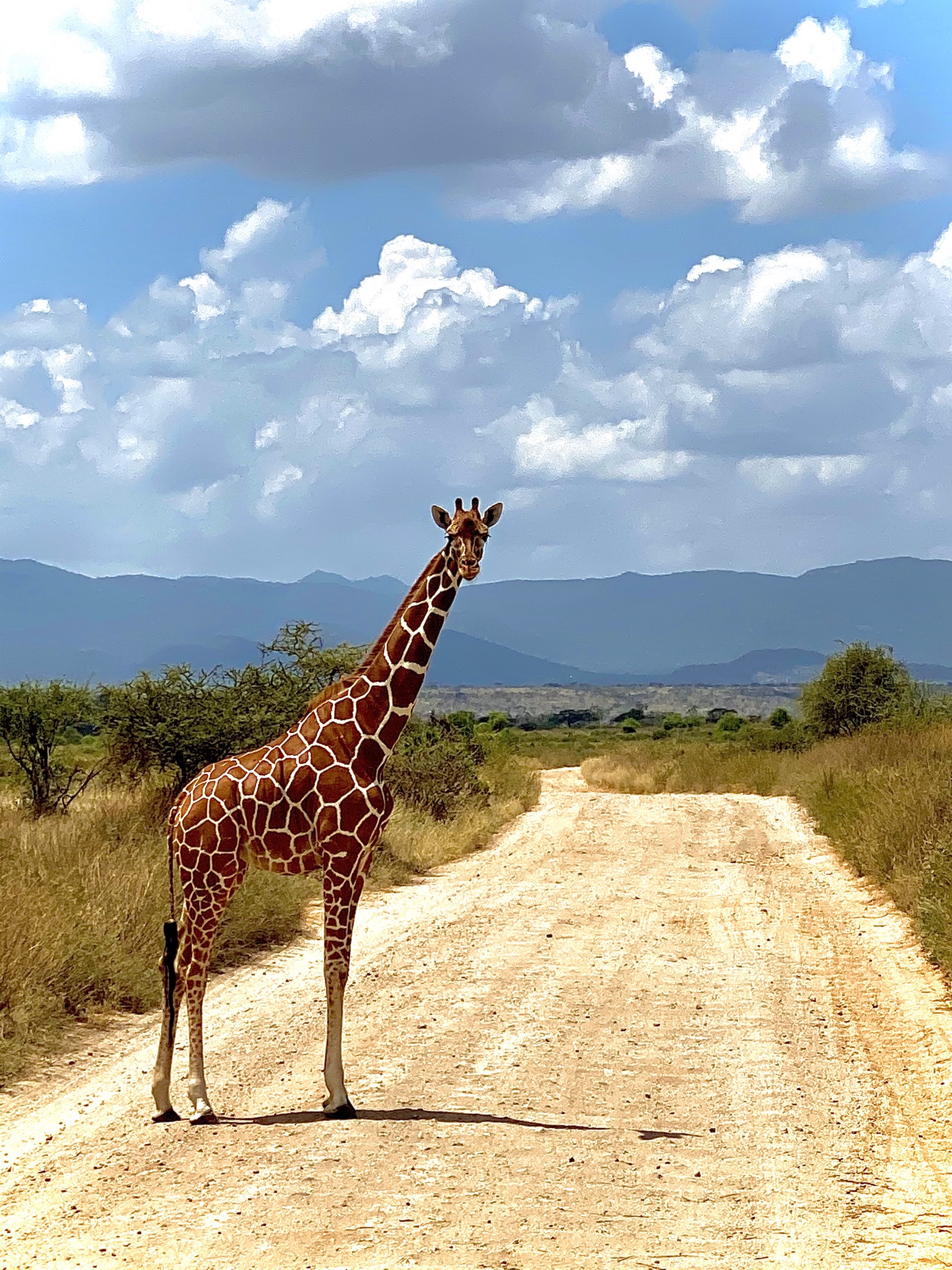
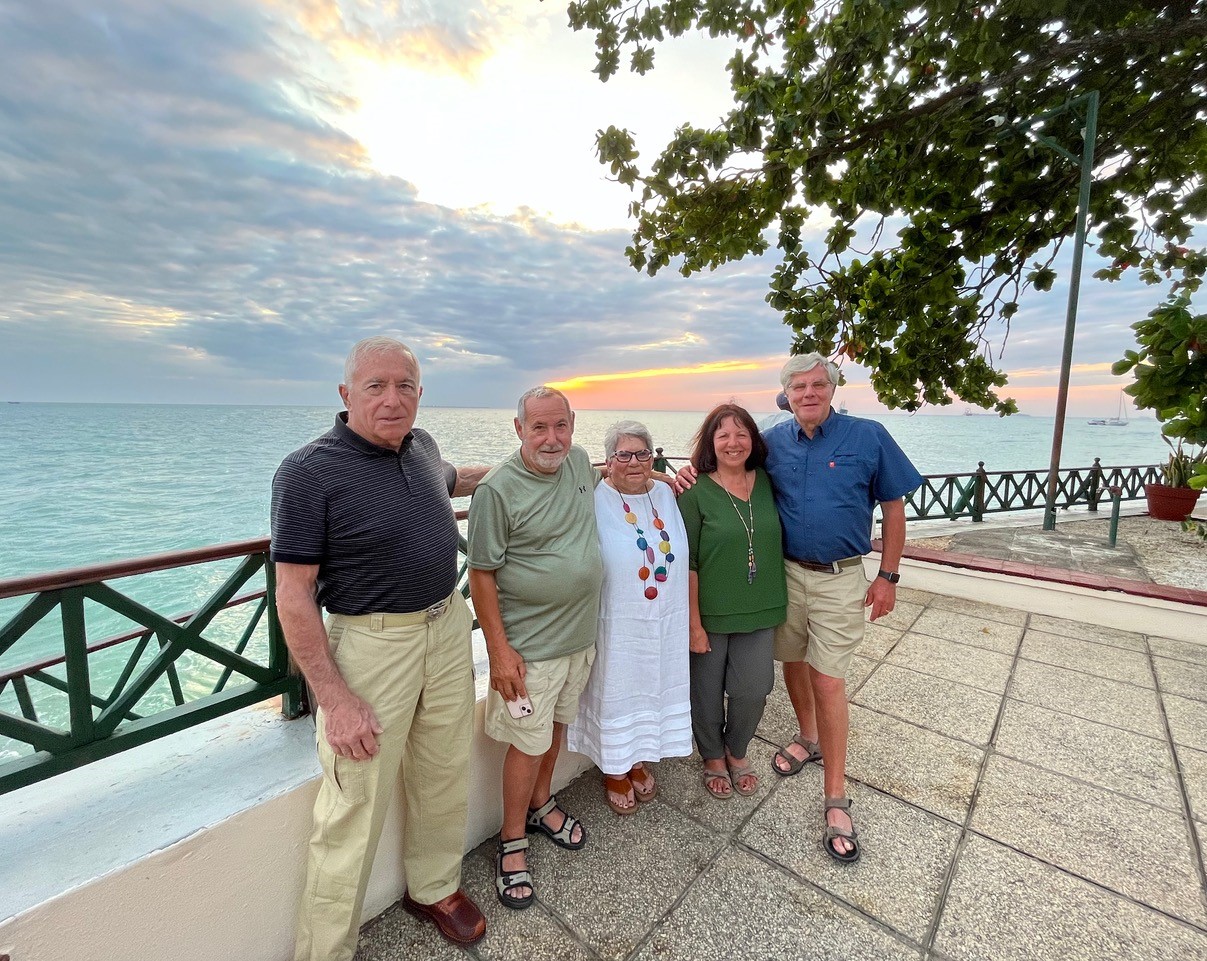
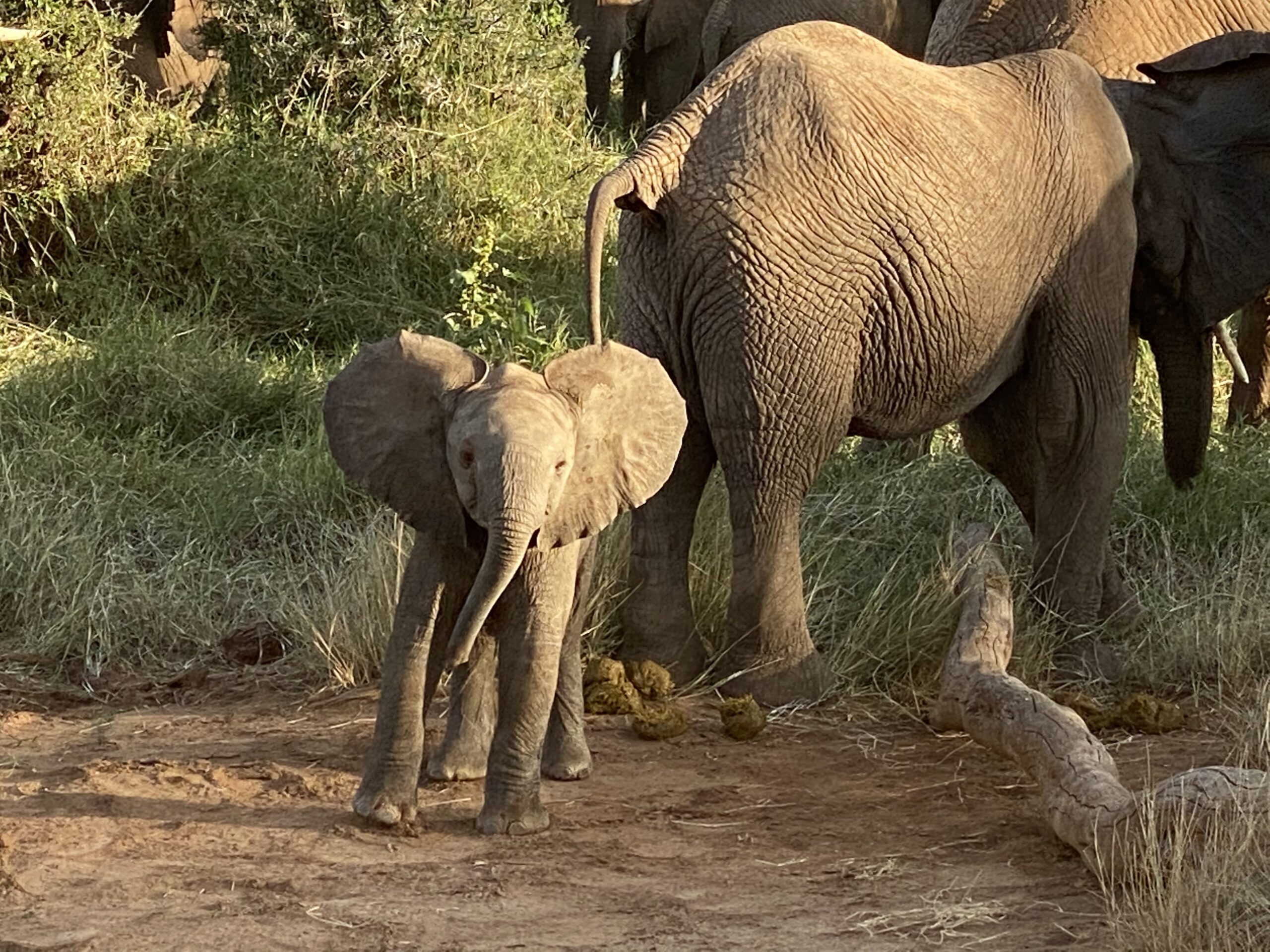
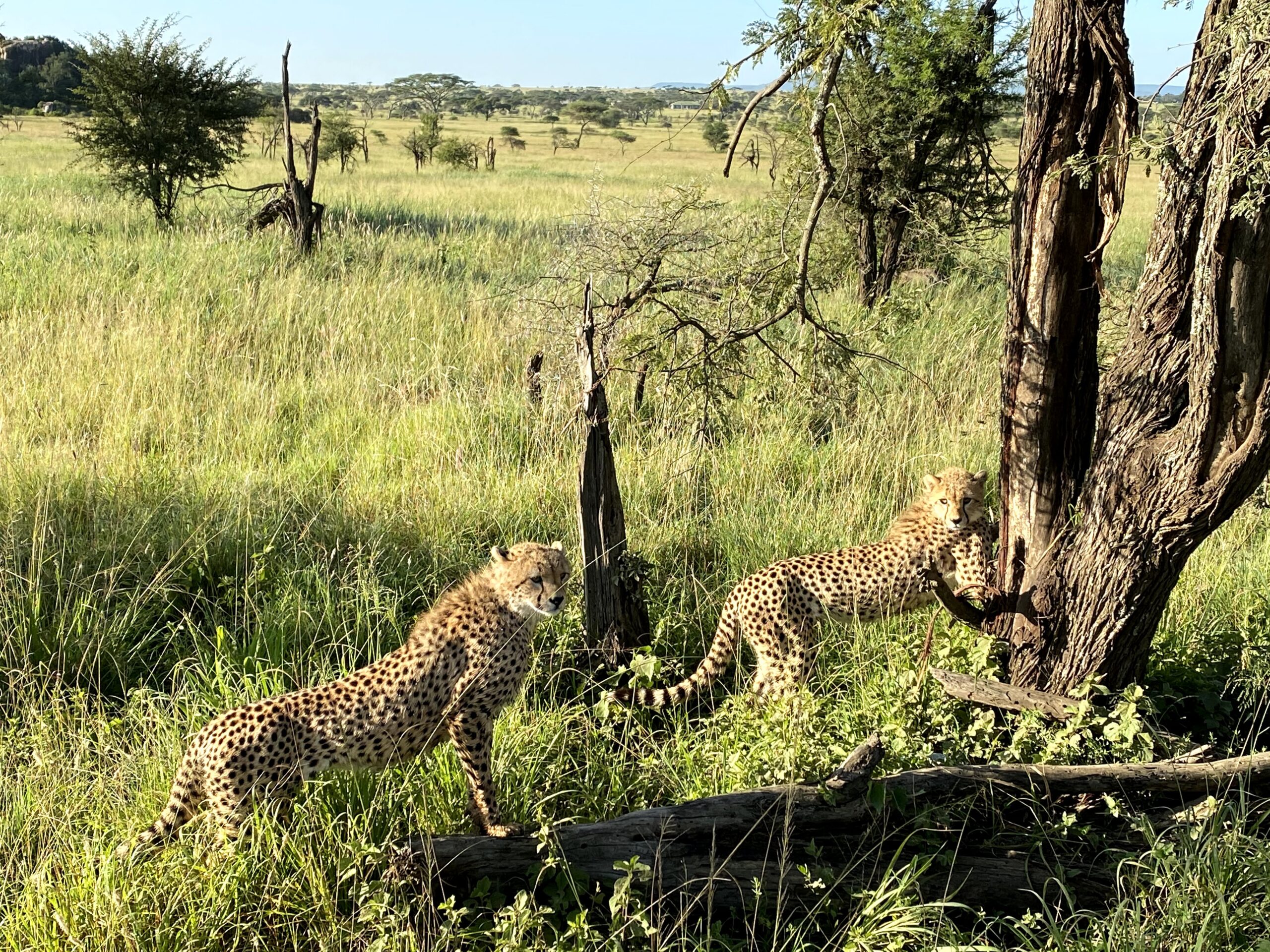
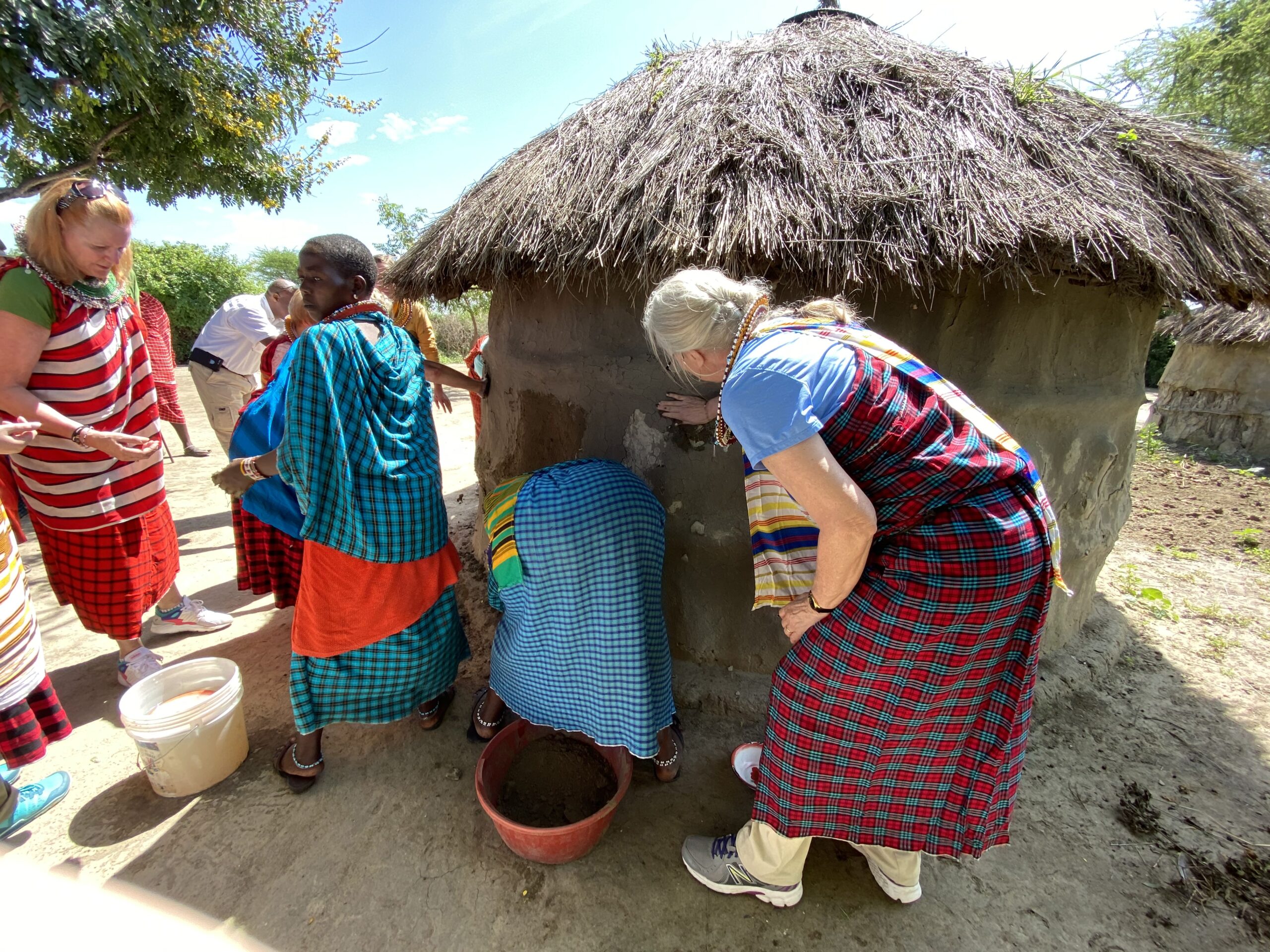
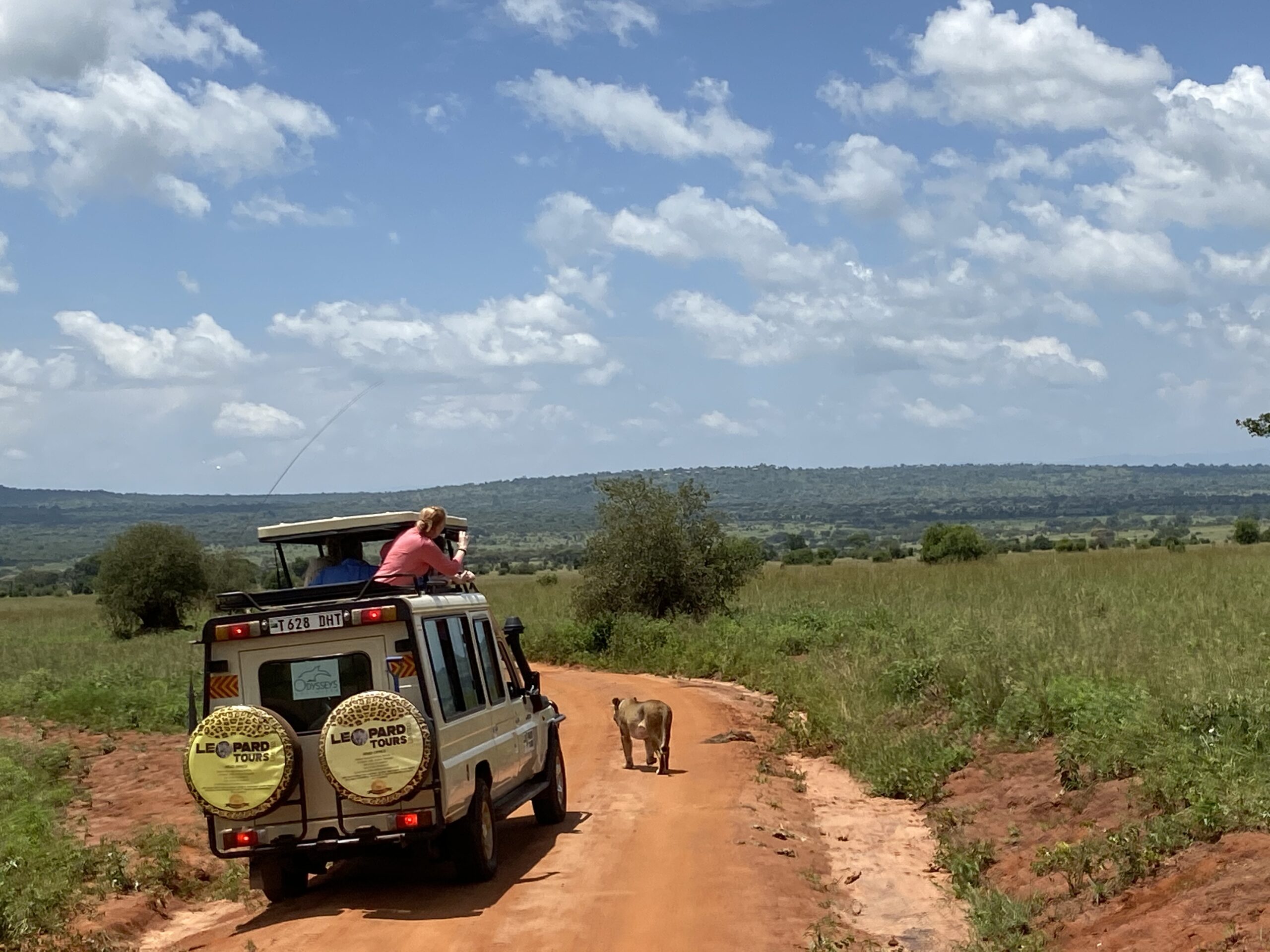
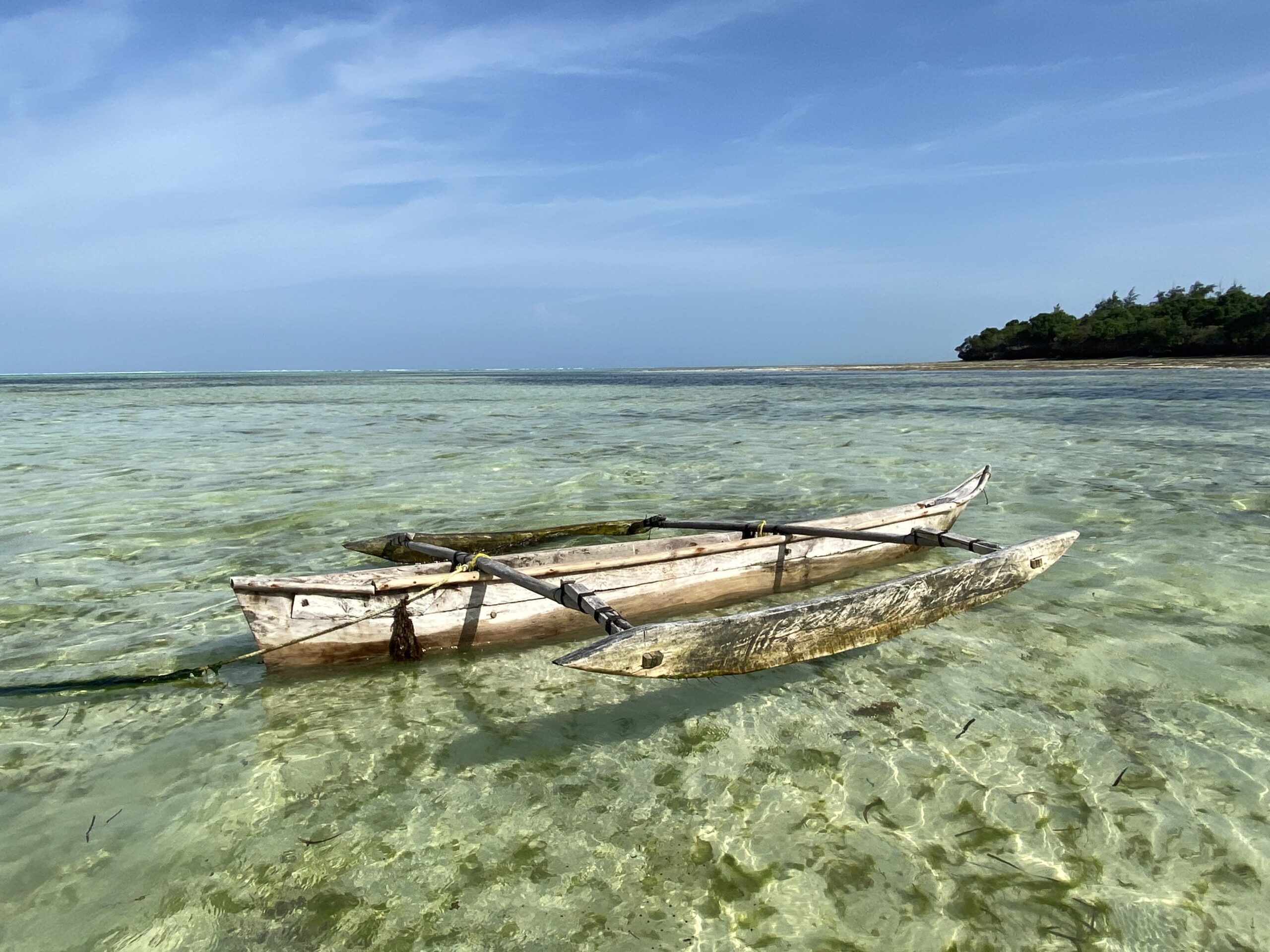
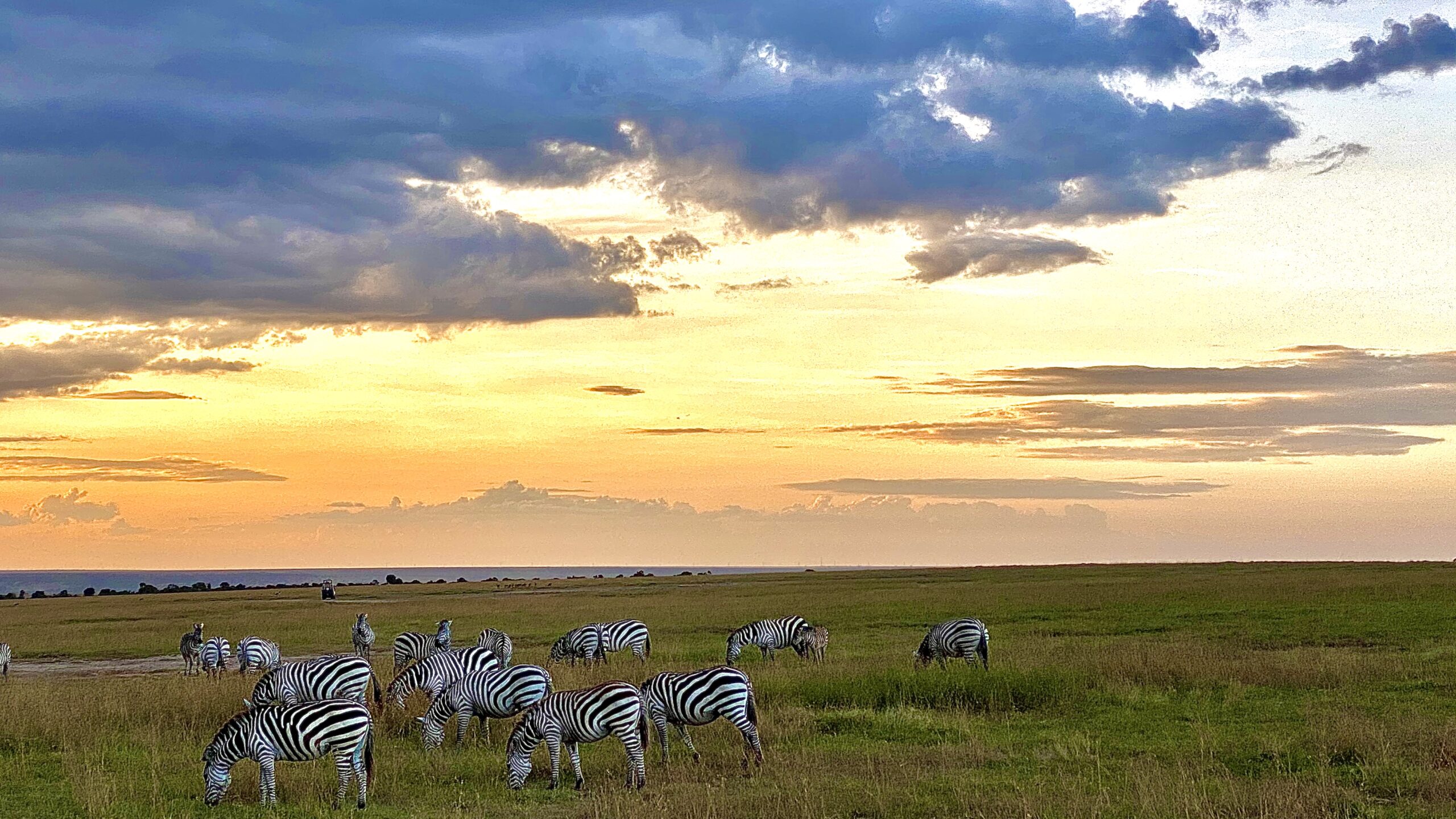
By using this website you are agreeing to our Cookie Policy.